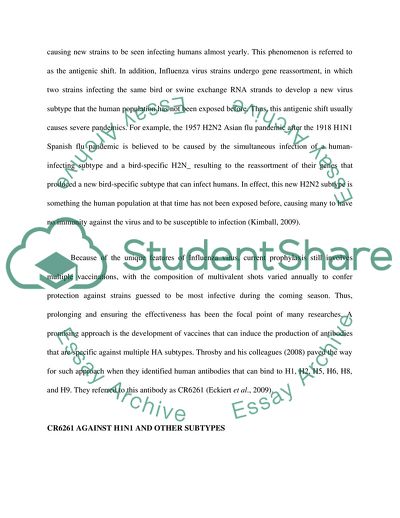Cite this document
(The Nature and Effect of Superbug H1N1 Coursework, n.d.)
The Nature and Effect of Superbug H1N1 Coursework. https://studentshare.org/biology/1759595-the-nature-and-effect-of-superbug-h1n1
The Nature and Effect of Superbug H1N1 Coursework. https://studentshare.org/biology/1759595-the-nature-and-effect-of-superbug-h1n1
(The Nature and Effect of Superbug H1N1 Coursework)
The Nature and Effect of Superbug H1N1 Coursework. https://studentshare.org/biology/1759595-the-nature-and-effect-of-superbug-h1n1.
The Nature and Effect of Superbug H1N1 Coursework. https://studentshare.org/biology/1759595-the-nature-and-effect-of-superbug-h1n1.
“The Nature and Effect of Superbug H1N1 Coursework”. https://studentshare.org/biology/1759595-the-nature-and-effect-of-superbug-h1n1.


